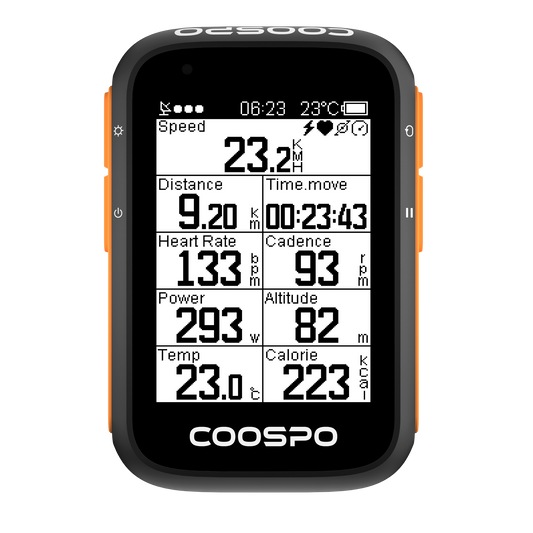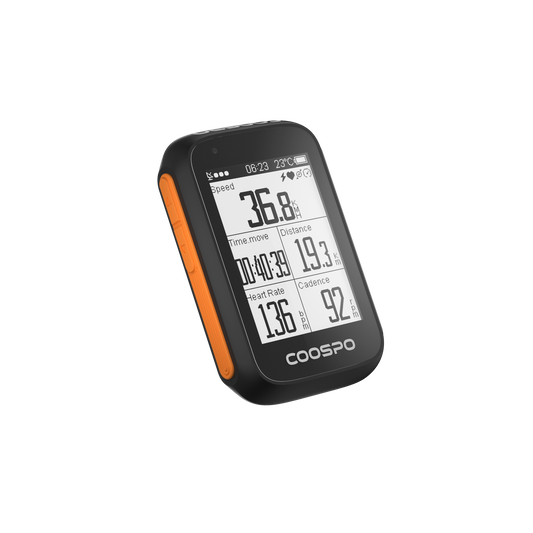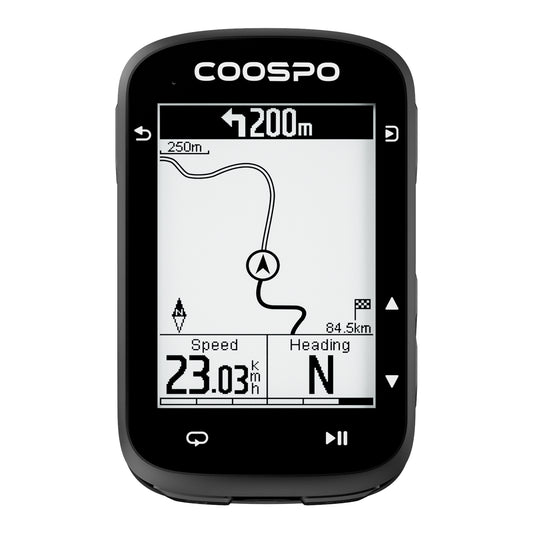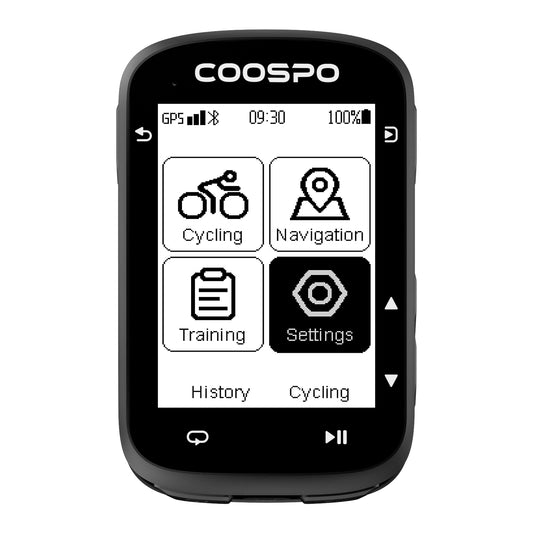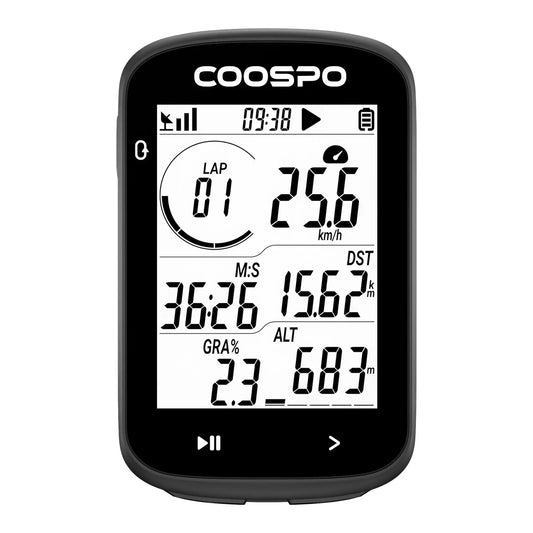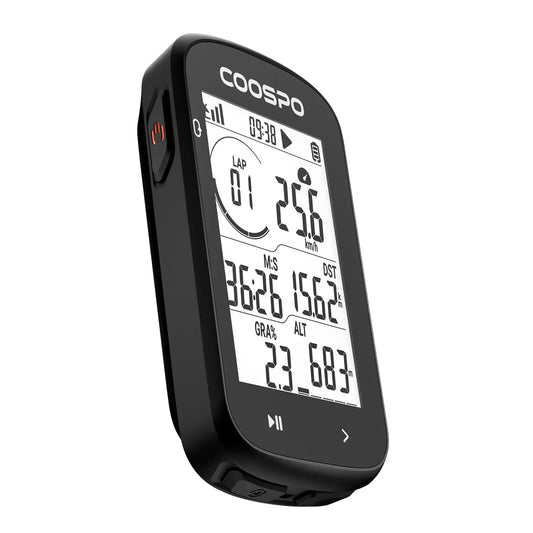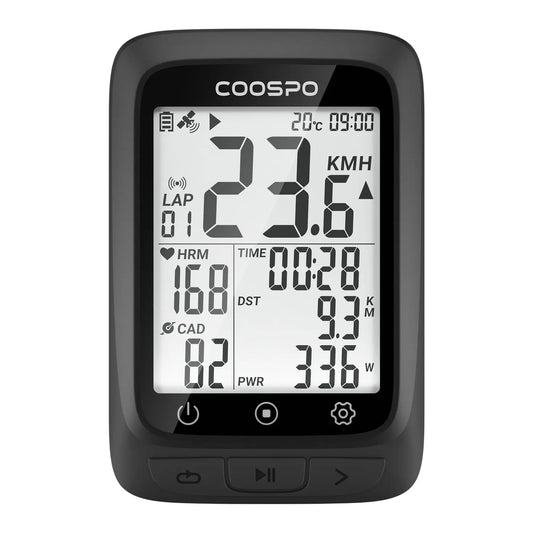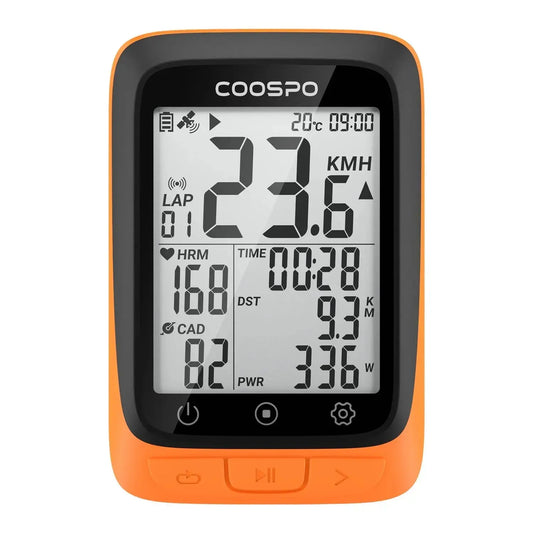What are Heart Rate Monitors? and how to choose the best one for you?
What are heart rate monitors? Heart rate monitors are devices that detect and measure your heart or pulse rate. Thanks to advances in technology, these devices are small, and wearable and many use sensors that are very accurate.
Fitness is not just about how much you exercise, but also how hard you exercise. A heart rate monitor (HRM), on the other hand, is your pacing, telling you when to speed up or slow down to achieve results. When you want to choose the most suitable heart rate monitor for yourself, there are two factors that need to be considered.
- Monitor Type: Most heart rate monitors for training are of two types: they are armband heart rate monitors and chest strap heart rate monitors. The former is more comfortable to wear than the latter, but the heart rate data recorded by the chest strap heart rate monitor will be more accurate.
- Monitor Features: The most basic feature of a heart rate monitor is to track heart rate during exercise, and while it detects heart rate, it can also have many features that have selling points. For example, monitoring stress and activity levels during the day, tracking the quality of sleep at night, etc. Some intelligent heart rate monitors even have features such as texting and browsing social media. However, with more features, it can be more expensive.
Two Types of Heart Rate Monitors
Chest Strap HRMs: The wireless sensor on the chest strap detects your pulse electronically and sends that data to various forms of receivers that display your heart rate. As mentioned before, chest strap HRMs will be more accurate than armband HRMs. If you get into the habit of wearing a chest strap HRM and exercising with it, it will provide the most accurate real-time heart rate data. Some can even be connected to a GPS bike computer.
For example, the Coospo H808S chest strap HRM can connect to different brands of bike computers such as Garmin, Wahoo, Coospo, and so on. The benefit of this is that you don't have to look at your watch while riding. It can also connect to other fitness application platforms such as Strava and Garmin Connect to upload heart rate data to it.
Armband HRMs: Armband HRM usually has an optical sensor mounted on the back of the case, which detects your pulse rate. Although the accuracy of the heart rate data it monitors can be some discrepancies, this model avoids the discomfort of a chest strap HRM and the extra hassle of fitting it before exercise. Also, besides charging, the armband HRM can be worn throughout the day, which helps in tracking the heart rate at a more detailed level.
Heart Rate Monitor Features
The basic HRM models can time your workout and give you continuous, average heart rate data in real-time, as well as the highest and lowest heart rates achieved during your workout and your target heart rate. Many models can work with a foot pod that is mounted on your laces to track your speed, distance, and cadence.
Other models have GPS and ANT+ receiver capabilities to track speed and distance and even display elevation and navigation features.
Sports watch: The HRM sports watch includes features such as clocks, alarms, countdown timers, and calendars. Some sports watches can also monitor your sleep status and rate your sleep quality. They even have an alert function when you are feeling stressed.
Stopwatch and lap/split times: Click the "Laps" button after each lap on the track or after each mile on a marked long course to see how your speed has changed throughout the workout or race (aka "splits").
Target zones: The basic HRMs can provide 3 target zones, and the advanced HRMs may have 3 to 6 target zones. With the ability to have multiple target zones, you can pre-set your HRM for a range of different workouts (such as endurance, aerobic and anaerobic). If your HRM only provides one aerobic target zone, you will need to reset it every time when you want to change workout parameters.
Time in target zone: Tracks the time you spend exercising within your target zone. Some zones and goals require more time than others.
Calorie calculator: Estimates the calories burned during exercise. If your workout is a part of a weight loss program, it can be very helpful and can give you some sense of accomplishment and encouragement.
Recovery heart rate mode: Track the time it takes for your heart to return to a normal resting heart rate. This is a good indicator of cardiovascular fitness, and it's especially important if your workout includes sprints or interval training.
Speed and distance monitor: Calculates speed and measures the distance covered in a workout. We usually use this through a GPS receiver for outdoor use or a foot pod for indoor use.
Digital interface: Connect your HRM to your home computer or smartphone with a data cable so you can download training statistics for analysis, sharing, and storage. Generally, most HRMs can check all workout data directly on the can connect to.
Tethering: It can be paired with your smartphone wirelessly, and you can control your phone's functions, such as texting, music, and social media, directly from your wrist, which is very convenient, so you don't have to pull out your phone as usual. But too many additional features of the HRM can make it more expensive.
Sport-specific features: These features can include speed and cadence date feedback for cyclists, but usually need to be equipped with cycling speed and cadence sensors. Or for swimmers, some HRMs can deal with pool lap counting and stroke recognition.
Training alarm: You can set your heart rate alarm interval in advance, and when the exercise intensity is higher or lower than the training zone you set, it will issue an alert.
Heart Rate Target Zones
A key benefit of HRM is that it can help you maintain optimal heart rate target zones for your specific goals and can allow you to increase your exercise efficiency.
The target zone is a percentage range based on your maximum heart rate. Various algorithms have been developed to calculate estimates of maximum heart rate. For moderate-intensity physical activity, the average person should have a target heart rate between 64% and 76% of their maximum heart rate. You can also estimate maximum heart rate based on age, but the classic formula—220 - your age formula is now considered inaccurate for older adults. The revised formula, 208 - 0.7*your age, is much better.
The chart below from the American Heart Association summarizes heart rate values and average maximum heart rate values for the target training zone. (https://www.heart.org/en/healthy-living/fitness/fitness-basics/target-heart-rates)
If possible, it is best to perform a stress test under the supervision of a physician to determine the actual maximum heart rate.
BPM: Beat Per Minute
So Heart Rate Monitors For Which Groups of People?
Before starting any workout program, consult a physician to design a program that is well-suited to your goals and your current condition.
Runners: The HRM allows you to stay in your peak target zone during high-intensity workouts and perform more easily while maintaining your aerobic base.
Triathletes: Besides cycling-related features, some HRMs with highly waterproof capabilities can monitor swim-related data such as distance, speed, stroke type/reps, and swimming pool length.
Joggers and walkers: With an HRM, the ordinary recreational sports person also can benefit from it just as much as the elite athletes. By focusing on the fat-burning and aerobic target zones on your heart rate monitor, you can get more from your workout and complete it more efficiently.
Cyclists: Whether you're riding on the road, trail, or stationary cycling trainer, an HRM can track your performance during the whole ride. Some HRMs show you how fast and how often you pedal while riding through a cycling sensor or foot pedals.
Weight-loss participants: HRMs help dieters exercise regularly and develop sustainable diet programs based on the data. Most HRMs show the number of calories burned during exercise; many can help you burn the fattest during exercise.
Hikers, climbers, and skiers: Use an HRM to adjust your form more effectively and to maintain your stamina during long treks and training sessions and finally complete them successfully.
Heart patients and the elderly: Real-time feedback makes HRM valuable for heart patients. It can detect abnormal data in the heart and you can treat the abnormality quickly and effectively once you know it.
Tags: Heart rate monitor, chest strap heart rate monitor, armband heart rate monitor application



